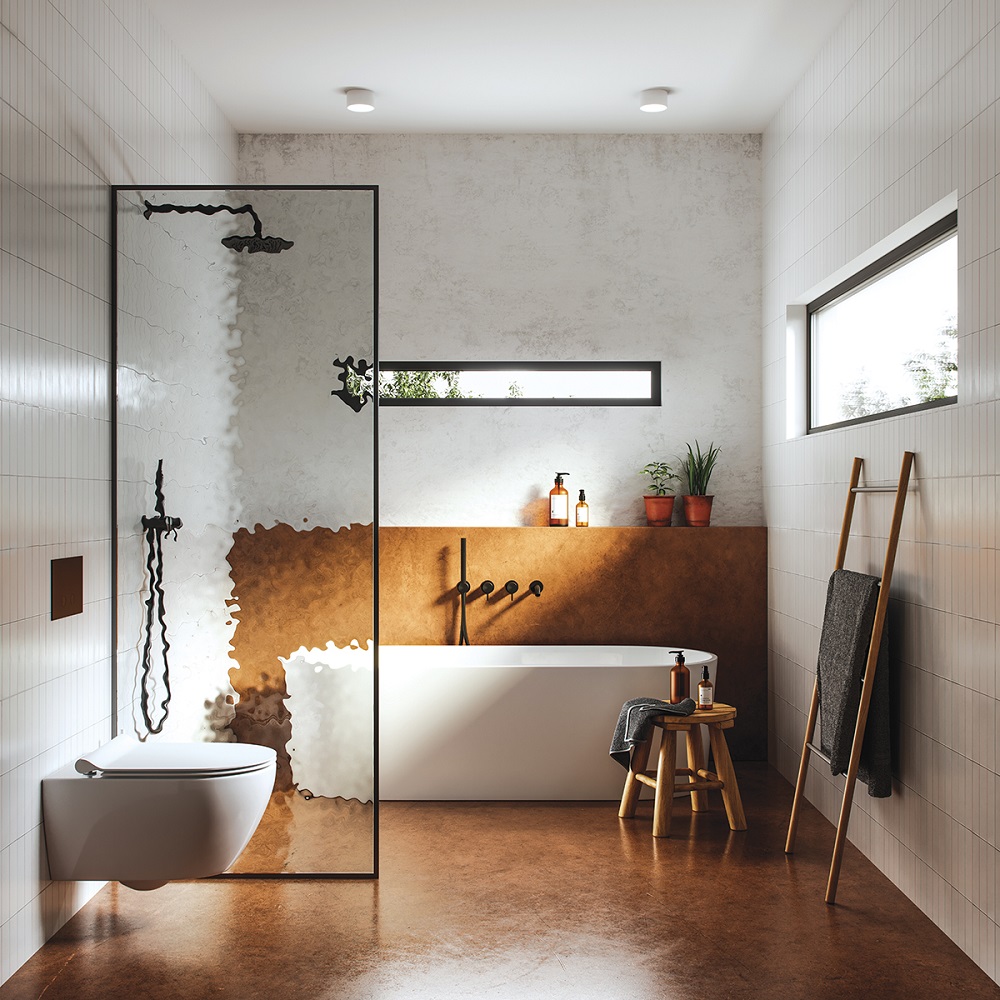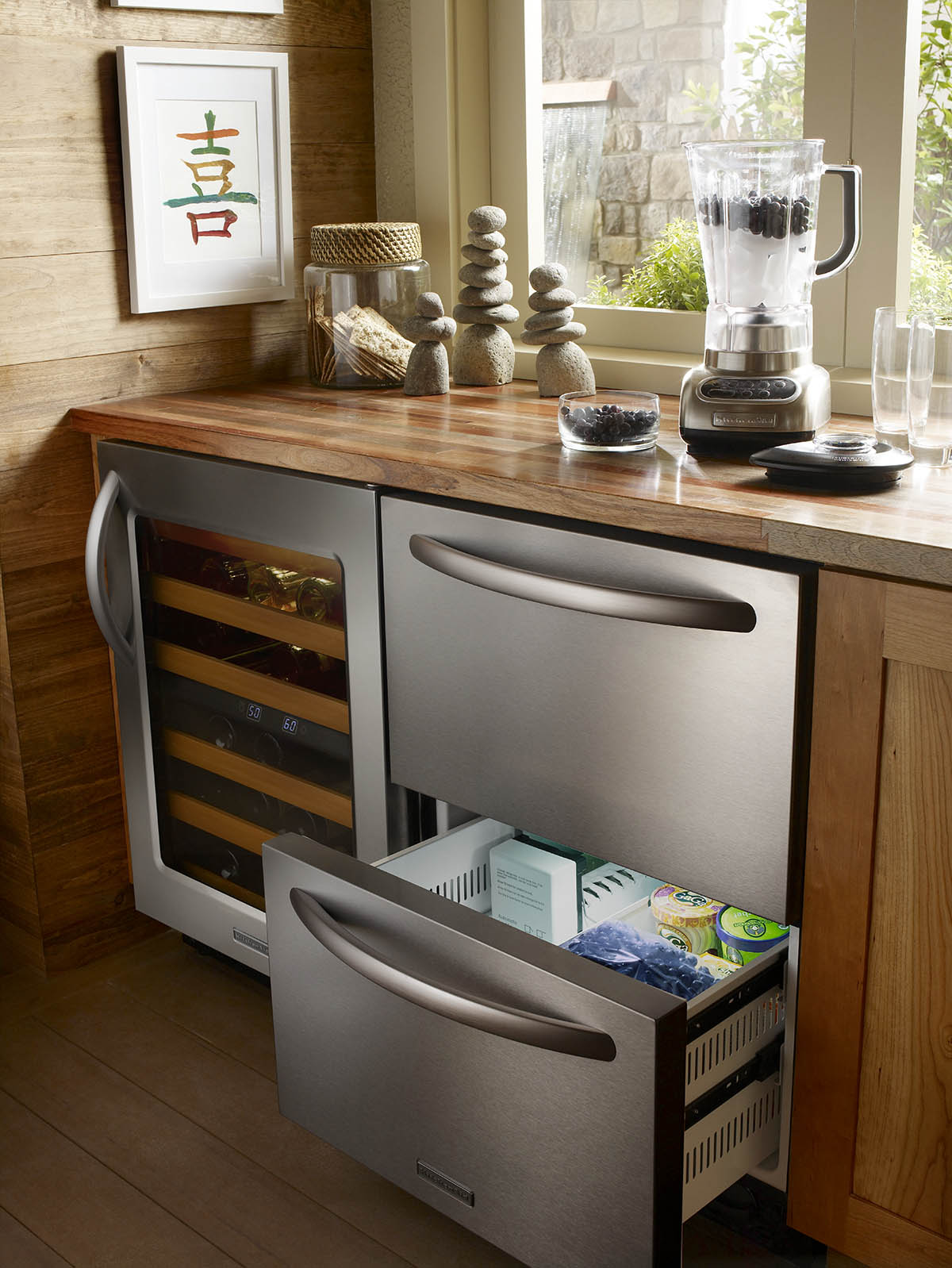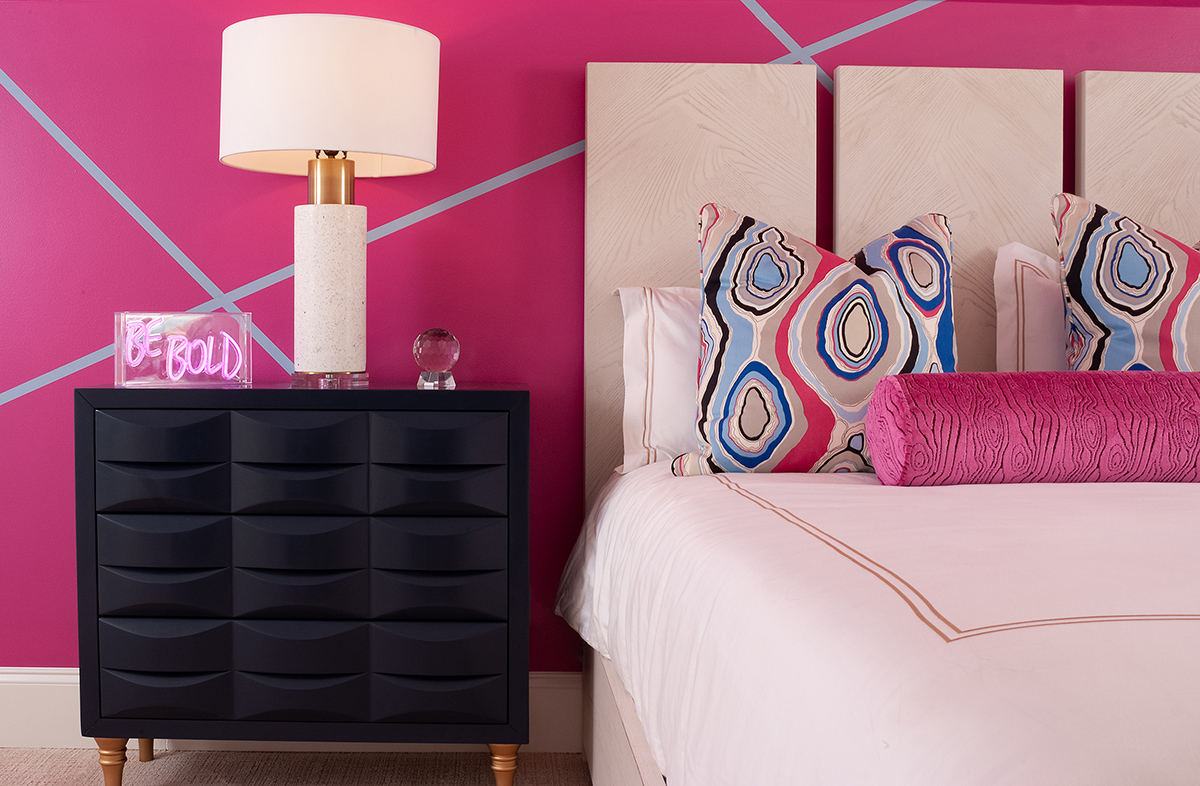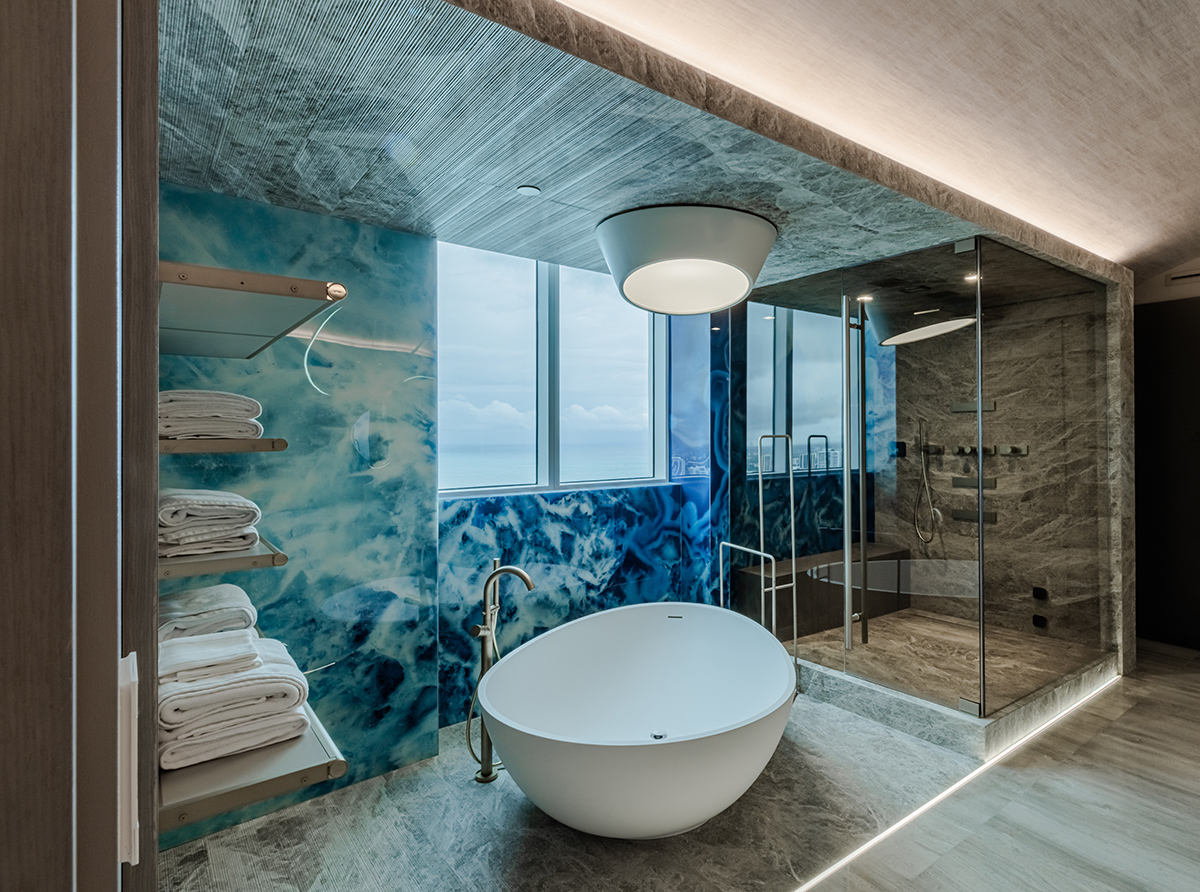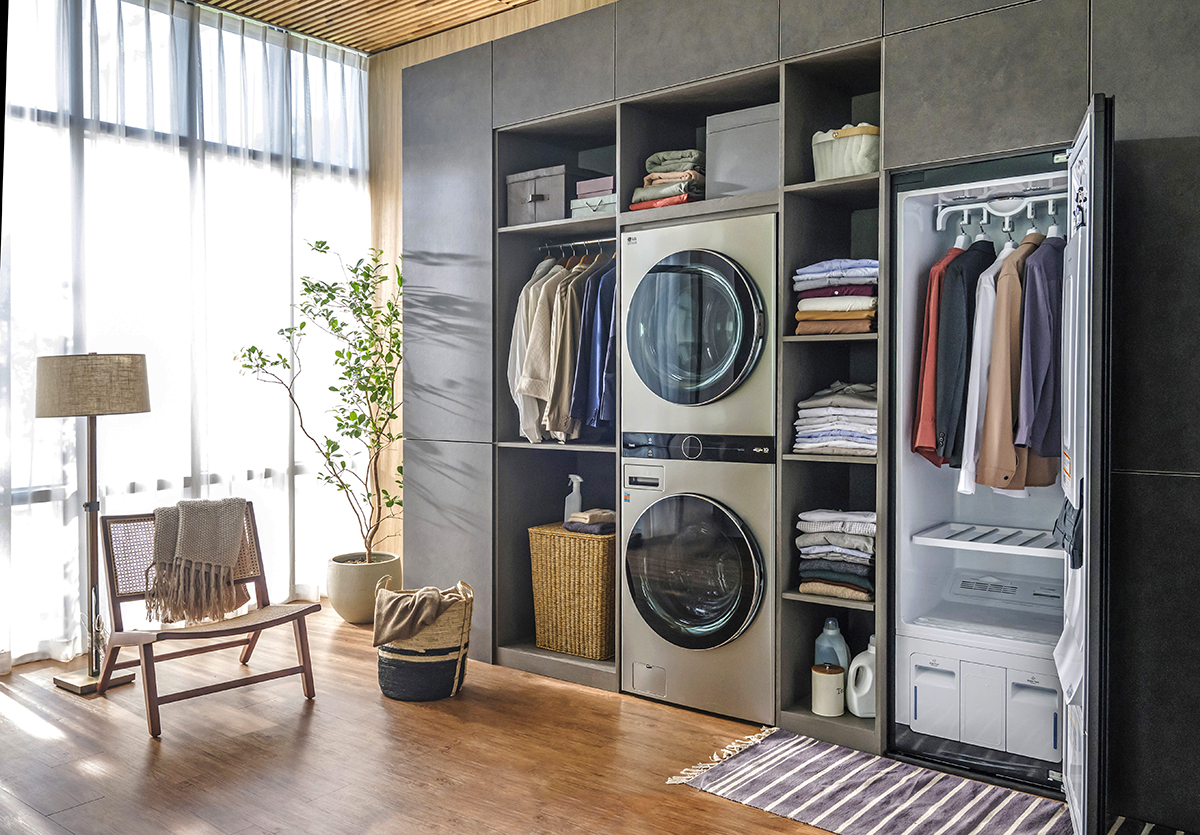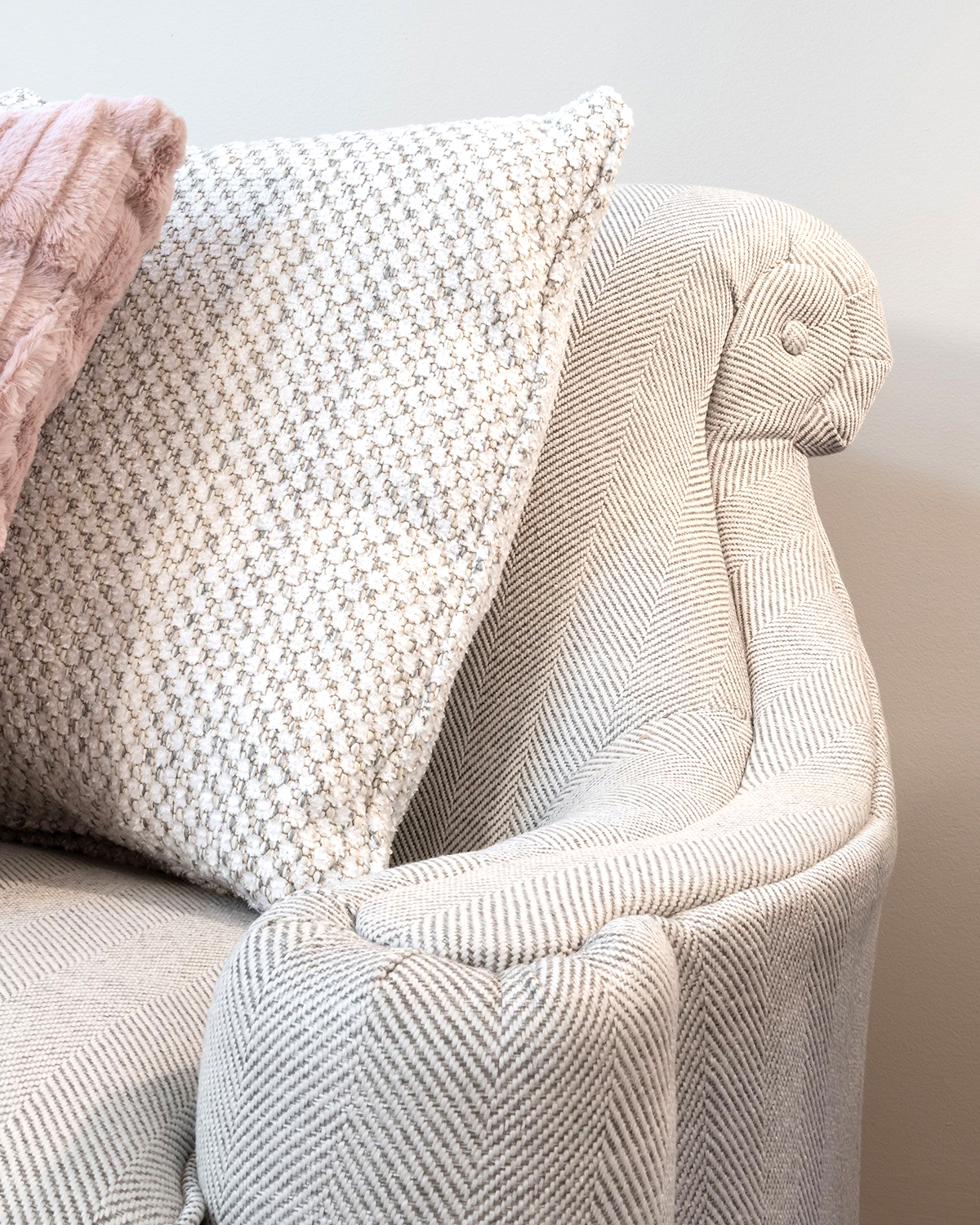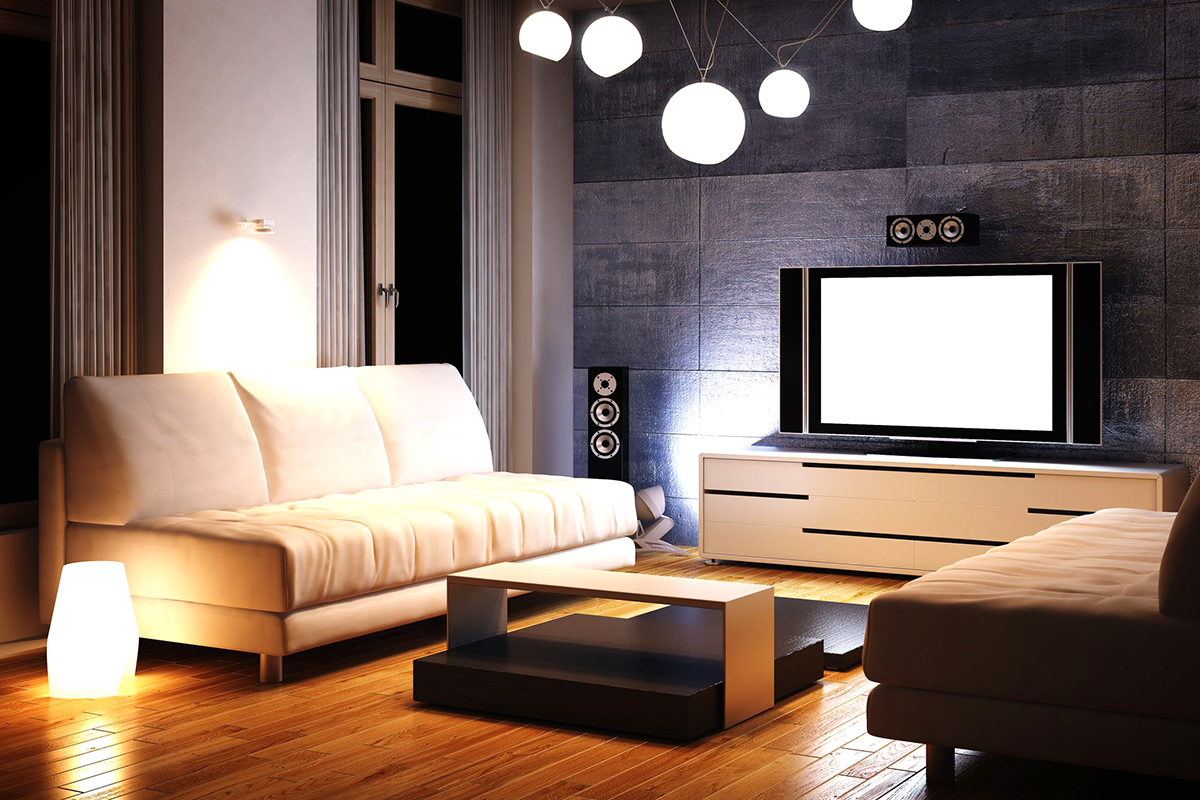WRITER | RACHEL WHITE
What in the world is a wet room? Well, it’s exactly what it sounds like – a bathroom in which the whole room is waterproof and can get wet. They are becoming increasingly popular for both their spa-like feel and the space-saving benefits. With design roots in Japan, a wet room can add value to your home and Zen to your mood. Let’s explore.
There’s usually no distinction between the shower and the rest of the space in a wet room. Remember when open-plan kitchens became popular? This is the bathroom equivalent. In many cases, there is a single pane of glass to partition the shower area and the bathroom, but no step to climb over; the floor is uninterrupted. There is a slight gradient in the floor toward the drain, so the water runs to it. The entire wet room/bathroom floor is a shower pan, and the walls and floors are completely waterproofed in a process called “tanking.”
Some wet rooms still have bathtubs, but they’re usually freestanding and easy to clean around, so no mold or mildew can get into cracks and crevices. In fact, the most popular option for wet rooms is a freestanding tub and shower combination, usually with a glass wall to separate them from the rest of the bathroom that isn’t designed to get wet.
Small space? No problem. Wet rooms can turn a tiny, broken-up room into a spacious oasis. Updating an older, small bathroom into a wet room can give the room a whole new feel. An open space not only feels roomier, but it also looks bigger too. It’s easier to walk around and eliminates all the corners that dirt and debris like to collect in, so it’s actually easier to clean.
Wet rooms are a great option for people who have issues with accessibility. Many families are living in multigenerational households. Older individuals or anyone who uses an aid like a wheelchair or walker to help them get around will find barrier-free zones in which to freshen up. Level, slip-resistant floors provide an attractive solution, and they can add value to your home rather than detracting.
Some tips:
- Underfloor heating is a great option – not only does it feel opulent underfoot, but it also keeps the room from getting damp by allowing efficient evaporation.
- A nonporous surface such as porcelain is more low maintenance; a porous stone such as limestone will need to be sealed often and requires more upkeep.
- Because wet rooms are minimalist open spaces, opt for hidden fixtures and recessed showerheads.
Still, wet rooms aren’t perfect. As we’ve said, everything gets wet. That humidity will affect toilet paper, makeup, and towels. In-wall storage can solve some of these problems. Wet rooms can be expensive, especially if you decide to tile the entire room with a high-end tile. The room needs to be well ventilated to minimize potential issues with moisture, and you may be limited in your choice of vanities; wood doesn’t always do well in humidity.
If this is your only bathroom, i.e., the bathroom your guests use, they may not like going into a wet room to use the facilities. This might be a better option for a second bathroom or en suite. A word to the wise: Don’t try this at home. Unless you have a great deal of experience in waterproofing, a licensed contractor and plumber should be retained for this job.
Is the wet room for you? In this age of self-care, a wet room may be just the upgrade your bathroom needs to provide a sumptuous feel to an everyday space.


